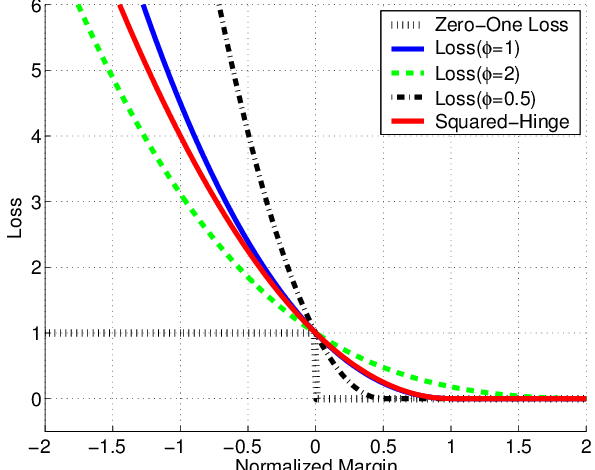Unleashing the Power of the ReLU Activation Function: A Deep Dive

Learn all about the relu activation function – its applications, benefits, and how it revolutionizes neural networks. Discover the inner workings of this powerful activation function in the realm of deep learning.
Introduction
In the realm of deep learning and neural networks, therelu activation function stands as a cornerstone of innovation and efficiency. Short for Rectified Linear Activation, this function has reshaped the way we process data, enabling neural networks to excel in a multitude of tasks. In this comprehensive guide, we’ll unravel the intricacies of the relu activation function, explore its applications, and shed light on its unparalleled advantages.
Unveiling the Relu Activation Function
Relu Activation Function: A Brief Overview
The relu activation function is a pivotal element in neural networks. It transforms the input by passing through positive values unchanged, while replacing negative values with zeros. Mathematically, it can be represented as:
scss
Copy code
f(x) = max(0, x)
This seemingly simple function holds profound implications for deep learning.
Why Choose Relu?
Choosing an activation function is a critical decision in neural network design, and the relu function comes with its own set of merits:
- Simplicity and Efficiency: The relu activation function is computationally efficient, requiring minimal processing power compared to other activation functions.
- Avoiding Vanishing Gradient Problem: Relu mitigates the vanishing gradient problem, enabling smoother and faster convergence during training.
- Sparsity: It introduces sparsity in the network, making it more robust and easier to optimize.
- Non-Linearity: While linear functions may limit a network’s representational power, relu introduces non-linearity, enhancing the network’s ability to learn complex patterns.
The Role of Relu in Neural Networks
Training Deep Networks
Training deep neural networks is a complex task that relies on activation functions to introduce non-linearity. Relu’s simplicity and non-saturating nature make it an ideal choice for facilitating efficient training.
Image Classification and Computer Vision
In the domain of image classification and computer vision, the relu activation function has demonstrated remarkable performance. Its ability to capture intricate features within images contributes to state-of-the-art results in tasks like object detection and image segmentation.
Natural Language Processing (NLP)
Even in the realm of Natural Language Processing, where sequential data is prevalent, relu has made significant strides. It enables neural networks to comprehend contextual information and produce coherent responses in tasks like language generation and sentiment analysis.
Overcoming Limitations with Leaky Relu
While relu is undeniably powerful, it’s not entirely flawless. One limitation is the “dying relu” problem, where neurons can get stuck in a state of inactivity. To combat this, variations like the Leaky Relu introduce a small gradient for negative values, preventing neurons from becoming inactive.
FAQs
Q: How does relu compare to other activation functions? A: Relu’s efficiency, non-linearity, and ability to counter the vanishing gradient problem give it an edge over alternatives like sigmoid and tanh.
Q: Can relu lead to the “exploding gradient” problem? A: While relu mitigates the vanishing gradient problem, it can lead to the exploding gradient problem in deep networks. Techniques like gradient clipping can address this.
Q: What is the “dying relu” problem? A: The dying relu problem occurs when neurons always output zero due to negative gradients. Leaky relu and other variants alleviate this issue.
Q: How can I choose between relu and Leaky Relu? A: Consider using Leaky Relu if you observe neurons consistently dying in your network. Otherwise, relu remains a solid choice.
Q: Does relu introduce any bias in neural networks? A: Relu’s inherent bias towards positive values doesn’t typically lead to significant issues, especially when combined with other layers.
Q: What is the future of activation functions in deep learning? A: While relu is widely adopted, researchers continue to explore novel activation functions to enhance network performance and training efficiency.
Conclusion
The relu activation function has emerged as a cornerstone of modern deep learning. Its ability to introduce non-linearity, efficient training, and resilience against vanishing gradients makes it an indispensable tool in the neural network arsenal. Whether you’re diving into computer vision, NLP, or any other deep learning domain, understanding and harnessing the power of relu can elevate your models to new heights.
If you’re fascinated by the world of deep learning and its applications, don’t forget to hit the like button and explore more prompts from our library. Unlock a world of content creation possibilities and expand your horizons



